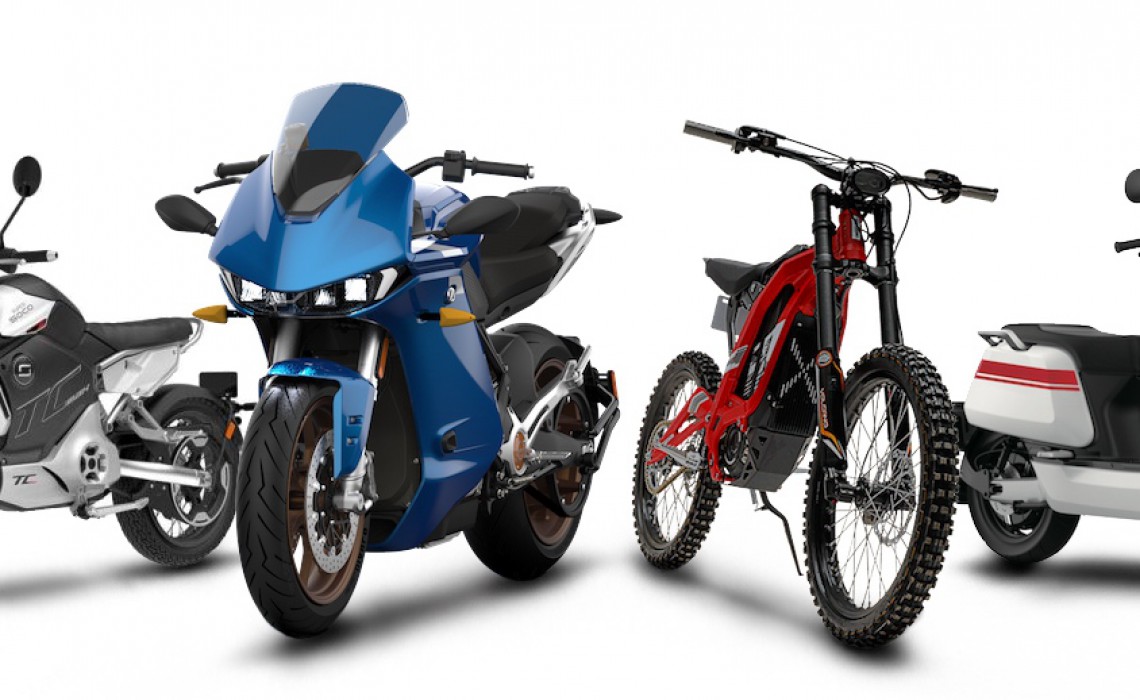Electric Vehicles - The Number One Choice in 2020

So 2030 is now the date when the sale of new, non-hybrid, combustion engined vehicles must cease in the UK, but is that relevant to most people?
Strict EU regulation and competition between manufacturers is driving improvements in fuel economy and reducing CO2 output, which makes the wider deployment of hybrid technology inevitable. Modern vehicles have a lifespan of around 15 years, so practically, basic combustion engines will be around until at least 2045 and vehicles with hybrid technology until well after 2050 - that's half a lifetime away!
The Cost of Running an Electric Vehicle
Battery powered electric vehicles (EV) are the only mainstream alternative we have today, but costs remain relatively high and both charging facilities and recharge times present many consumers with non-trivial ownership challenges. The cost of Lithium-Ion batteries has fallen drastically over the last ten years and that will continue, up to a point. However, they're still a very heavy power source, which means that typically 20% of the energy consumed by an EV is used to carry the power pack. Fortunately, electric motors are much more efficient than petrol or diesel engines, so overall EVs are a fraction of the cost to run; from about 4p per mile typically*, they require very little maintenance, barely make any noise and obviously, they don't create any tailpipe emissions.
Realistically, by 2030 the relative cost of EVs, combined with further improvements in the ownership experience will make them the preferred choice for most motorists, so the legislation will not make a huge difference. Much like smoking became frowned upon, the same will happen with vehicles that pollute, pump CO2 into the atmosphere and make noise. They'll become socially unacceptable, particularly in urban areas where we face serious air quality issues and that pressure will accelerate the transition process.
Are E Bikes a Healthy Alternative for Commuting?
Although central and local government policy is encouraging people to take to cycling, it doesn't suit many people and only 23% of London cyclists are female. Exercising in heavily polluted urban environments isn't advisable and arriving at your destination with sweaty clothing isn't ideal either. E-bikes are an interesting option, but they still require peddling and provide assistance up to 15.5 mph, which will suit many people who may not want to commute on a traditional bicycle.
Are Electric Scooters and Electric Motorcycles Affordable?
With so much government policy and media focus on electric cars, many people are unlikely to know that electric scooters and motorcycles exist, when in fact there's a huge choice of affordable models available today. Charging is easy, as all electric motorcycles can charge from a three-pin socket and smaller models have removable batteries. With running costs starting at less than 1p per mile, the equivalent of over 500 mpg, whilst capable of speeds from 30 mph to well over 100 mph, electric motorcycles are the cheapest form of powered transport available and they can be driven by people of 16 and above.
Are Electric Motorcycles Safe to Ride?
Safety is always a concern with two wheels, but unlike bicycles and ebikes where you dress for comfort, on a scooter or a motorcycle you dress for safety, which means you're much better protected in the event of an accident. You also have many passive safety features like wider tyres, suspension, disc brakes that work in the wet, proper lighting, indicators and a horn. Quite simply, a motorcyclist is generally much more visible and is better protected than users of other two-wheeled vehicles.
In summary, whilst the barriers to entry and ownership experience of an electric car will be a challenge for many people, electric scooters and motorcycles are highly affordable, very easy to live with, clean, quiet, very cheap to run and can move around urban environments faster than any other road vehicle.

